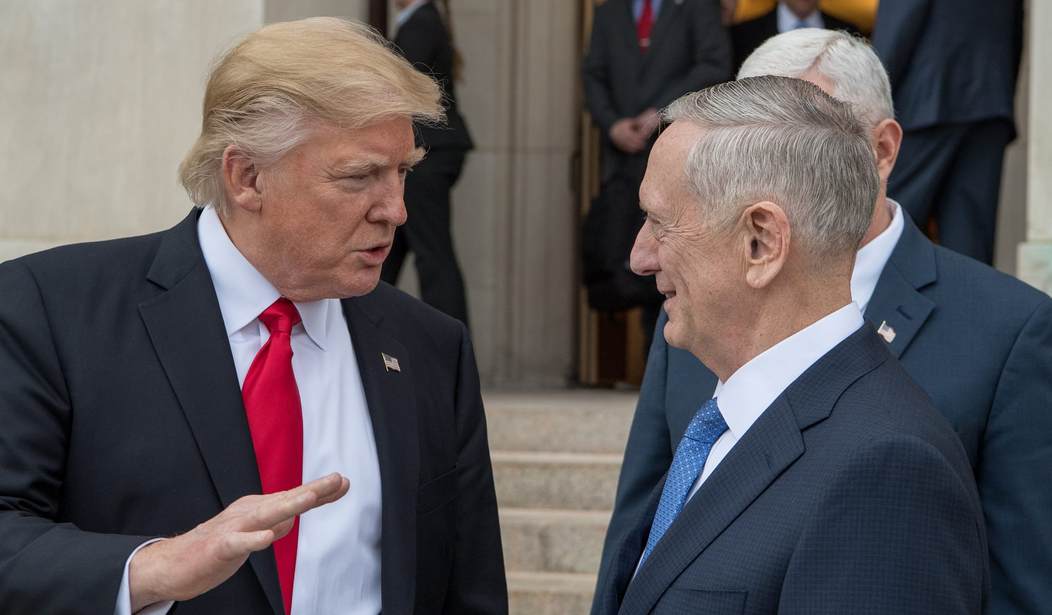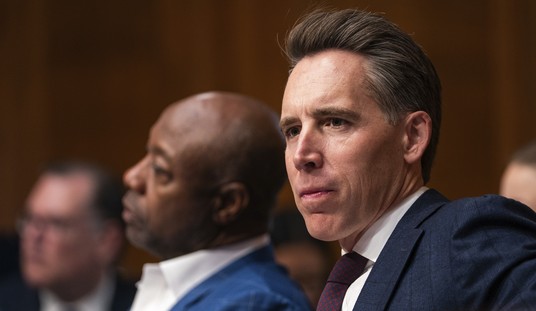So, now we come to this week’s catastrophe, portending the End of the Constitution, the Collapse of Civilization, and possibly the End of All Human Life on This Planet. I speak, of course, of Secretary James Mattis’s resignation as secretary of Defense. Whenever there is this much fuss about something, it’s always good to examine the facts, review the bidding, and look back to the start. The facts do tend to erode away in the social media sandblast.
Facts: After a phone call with Turkey’s Prime Minister Erdogan, President Trump decided to remove U.S. troops from Syria and reduce U.S. deployment in Afghanistan.
Mattis strongly objected to this policy change. In a very forceful, direct, and eloquent letter, Mattis resigned effective February 28, 2019. When the letter became widely known, Trump notified Mattis that his resignation would instead become effective January 1.
In other words, Trump fired him.
Of course the Internets went mad – clearly, Trump was a madman, a baby-man who can’t bear criticism, and doing the bidding of Number One, I mean Darth Vladimir, I mean President Putin.
Let’s drill down a little bit.
Mattis’s resignation letter was indeed forceful, direct, eloquent — and public. At the same time he was delivering his resignation in person to Trump, his staff had prepared 50 copies of the (unclassified) letter for distribution throughout the Department of Defense. Whether it was formally released to the press, or merely leaked, the press had it in minutes.
“In war, the general receives his commands from the sovereign.” — Sunzi, The Art of War
Now, I want to introduce a military concept that I first learned as a high school sophomore in Army Junior ROTC: the chain of command. We had to memorize the chain of command, along with other vital information like the weight and muzzle velocity of the M14 rifle.
At the time the chain of command started with President Richard M Nixon, then Secretary of Defense Melvin Laird, then the secretary of the Army and on down to Sergeant Irvin Cusworth, the director of military instruction. (No, I don’t remember who the secretary of the Army was, but an M14 weighs 11 1/4 pounds.)
At least I thought the chain of command was just another random fact. It wasn’t until years later I realized that unlike the airspeed of an unladen swallow, this wasn’t just random information on which we could be tested. It is, in fact, the constitutional basis that made every order I got and later orders I gave legal orders.
Legally, Mattis was Trump’s direct subordinate under Trump’s Article II powers as commander-in-chief. As such, Trump has to be confident that his orders will be carried out; subordinates down the chain of command, going down to a brand new second lieutenant platoon leader, and on down to a private on his first patrol need to know that they can trust the chain of command above them. The chain of command is what makes our military work.
There is a legal term in the military for open public criticism of a superior by a subordinate. It is called insubordination and is covered under Article 89 of the Uniform Code of Military Justice. (There’s also Article 88: Contempt toward Officials. Of course, Mattis is no longer on active duty, so Trump couldn’t court-martial him, and in any case, that senior an officer would certainly be offered “an opportunity to retire.” The point is that open contempt toward superiors is a grave issue.)
Mattis – a profound student of military history and a vastly experienced combat commander — knows this. There are many examples of officers in history being relieved of command for open criticism of their superiors. One everyone should know is when President Truman relieved General of the Army “Move over God” MacArthur. But the final straw for Truman wasn’t even something MacArthur said publicly — it was a private letter that a member of Congress read on the floor of Congress against MacArthur’s wishes. What Mattis did was to harshly criticize Trump’s policy in an open letter of resignation.
Now just to be clear, I actually largely agree with Mattis’ critique. I do think the change in policy is a mistake, and I do think it will have harmful repercussions on U.S. interests in the future. Now I could easily be wrong: Trump has surprised me in the past. On the other hand, at least on military history and strategy, Mattis is a lot smarter than I am. In any case, Mattis took the apparently honorable course of resignation in protest.
But let’s take it as given that Mattis is a strategic expert. We should ask: what is Mattis’ strategic objective?
“The difficulty of tactical maneuvering consists in turning the devious into the direct, and misfortune into gain.” — Sunzi
He has to know that Trump couldn’t leave him in the chain of command after openly opposing Trump’s policy, and not just because Trump is sometimes petulant. No president could leave him in the chain of command. It’s hard to imagine anything that could be much more prejudicial to good order and discipline. And no president could expect Mattis to enthusiastically implement his policy after so openly opposing it.
And Mattis knew that too.
Here’s the conclusion that I think is inescapable: Mattis set this up so that he could force Trump to fire him, depending on the Trump-deranged press to say it was Trump’s ego and not Mattis’s open insubordination.
“With his forces intact he will dispute the mastery of the Empire, and thus, without losing a man, his triumph will be complete.” — Sunzi
There is at least one sign that I’m right – a number of stories in the press saying Mattis wasn’t angry about it.
I bet he wasn’t. Like George Peppard, Mattis loves it when a plan comes together.
I don’t know what Mattis’ plan is. I bet it doesn’t include following MacArthur’s example and just fading away.










Join the conversation as a VIP Member